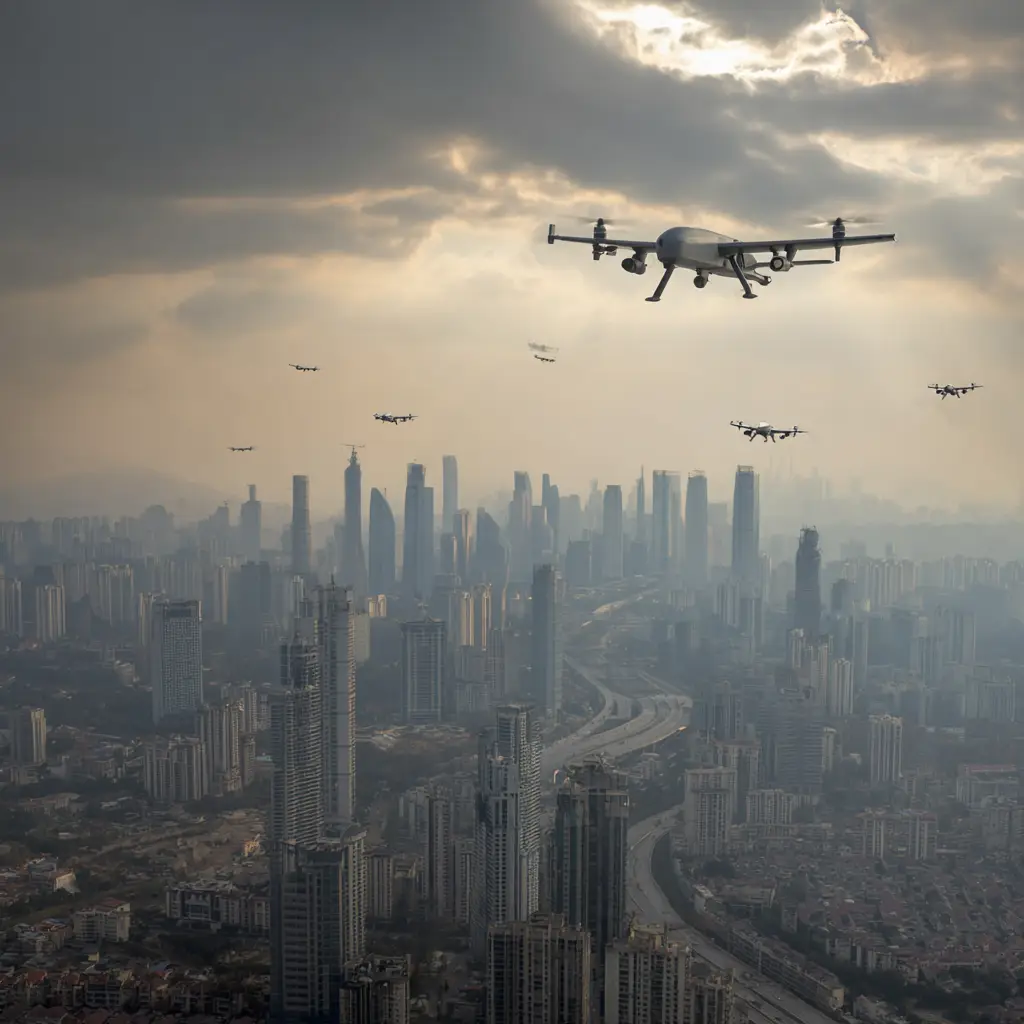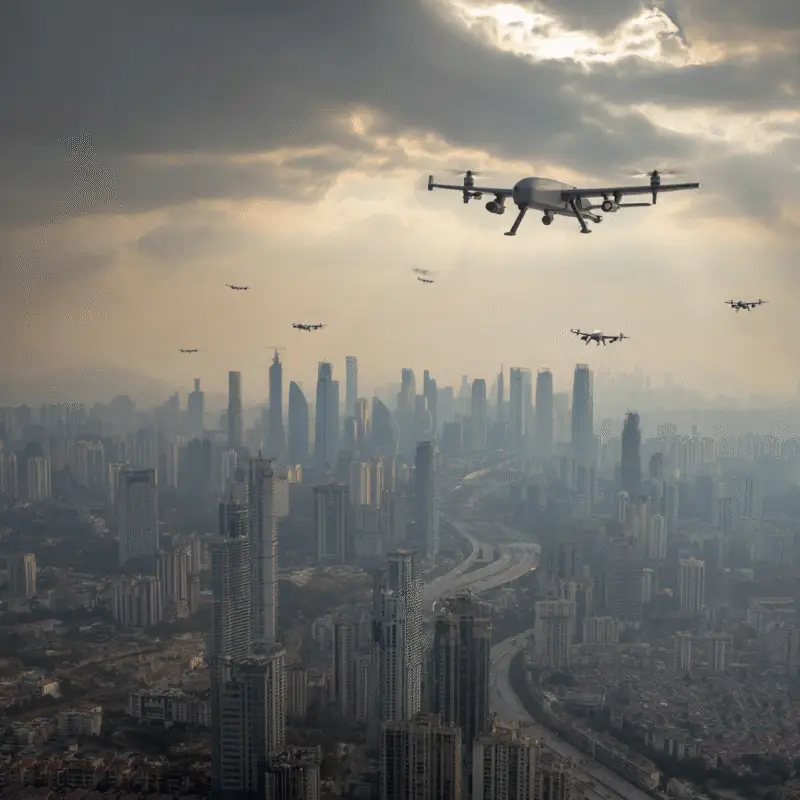Blog
Shadows Over Poland and the Ruger 10/22 Tactical Chassis

The night sky over southeastern Poland was supposed to be calm. Farmers in the countryside were used to seeing stars, not fighter jets. But just after midnight, the silence was broken by the thunder of engines as NATO scrambled jets in response to reports that Russian drones had slipped across the border.

For the people of Rzeszów, a city that had become a key logistics hub during the war in Ukraine, the sound was both familiar and unsettling. Rumors spread quickly: some said drones had crashed near villages, others claimed the drones were only “testing” NATO’s response. The truth remained murky, but the tension was unmistakable.
Among those who heard the jets roar overhead was Tomasz Kowalczyk, a retired border guard who now spent his days teaching young people about marksmanship and discipline. For him, the incursion was more than just another headline—it was a reminder of how fragile peace could be.
In his small workshop, Tomasz kept his tools and projects neatly arranged. His latest work involved fitting a ruger 10/22 tactical chassis onto a rifle he had been customizing for months. It wasn’t about having the most powerful weapon—it was about the lessons the process taught: patience, precision, and the ability to adapt.
As he adjusted the alignment, he thought about the world outside his quiet room. NATO jets might be flying overhead, but in his hands, he found a sense of control. Each component, from the chassis to the ruger 10/22 tactical stock, reminded him that strength wasn’t just measured by firepower—it was measured by discipline and balance.
The next morning, the news confirmed what many feared: Poland’s government had lodged a formal complaint with Moscow, and NATO officials were meeting to discuss the incident. For Tomasz, it stirred old instincts. He remembered long nights along the border, scanning the horizon for shadows that never came. Now, those shadows were drones—silent, fast, and unpredictable.
But what unsettled him most wasn’t the drones. It was the reaction of his neighbors. At the café, people spoke in hushed tones about evacuations. Some wondered if Poland would be pulled directly into the conflict. Others talked about stocking up on supplies.
Tomasz noticed the fear in their voices. And it struck him that fear spread faster than drones, faster than jets, faster than news itself.
That evening, as he cleaned his rifle, he invited two of his neighbors into the workshop. “See this?” he said, pointing to the carefully fitted ruger 10/22 tactical chassis. “It looks like just a part. But without it, nothing fits right. That’s how we need to think now. Everyone is a part of this community. If one piece fails, the whole thing is weaker.”
They listened, nodding slowly, and for the first time since the drones had been spotted, Tomasz saw something shift. Less fear. More focus.
He didn’t know what the next days would bring, but he knew this: panic would break them, precision would hold them together. And just as he assembled a rifle with steady hands, he believed his town could assemble the resilience it needed to face whatever storm was coming.
